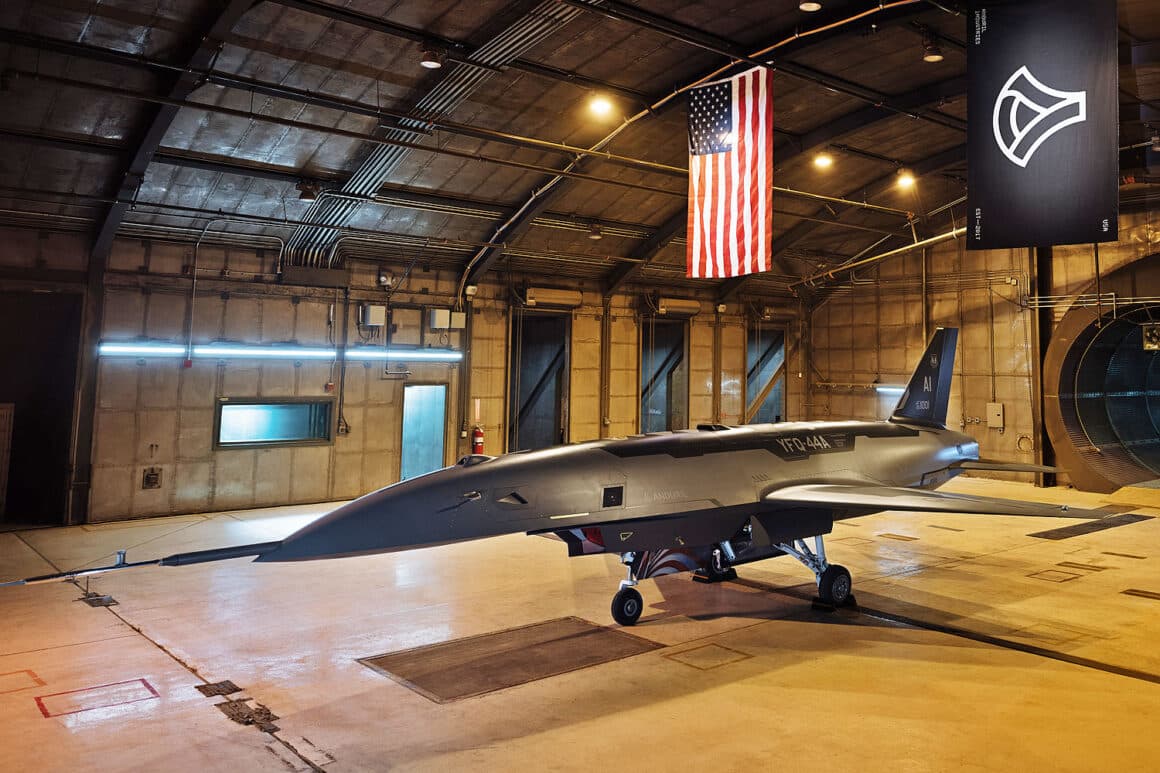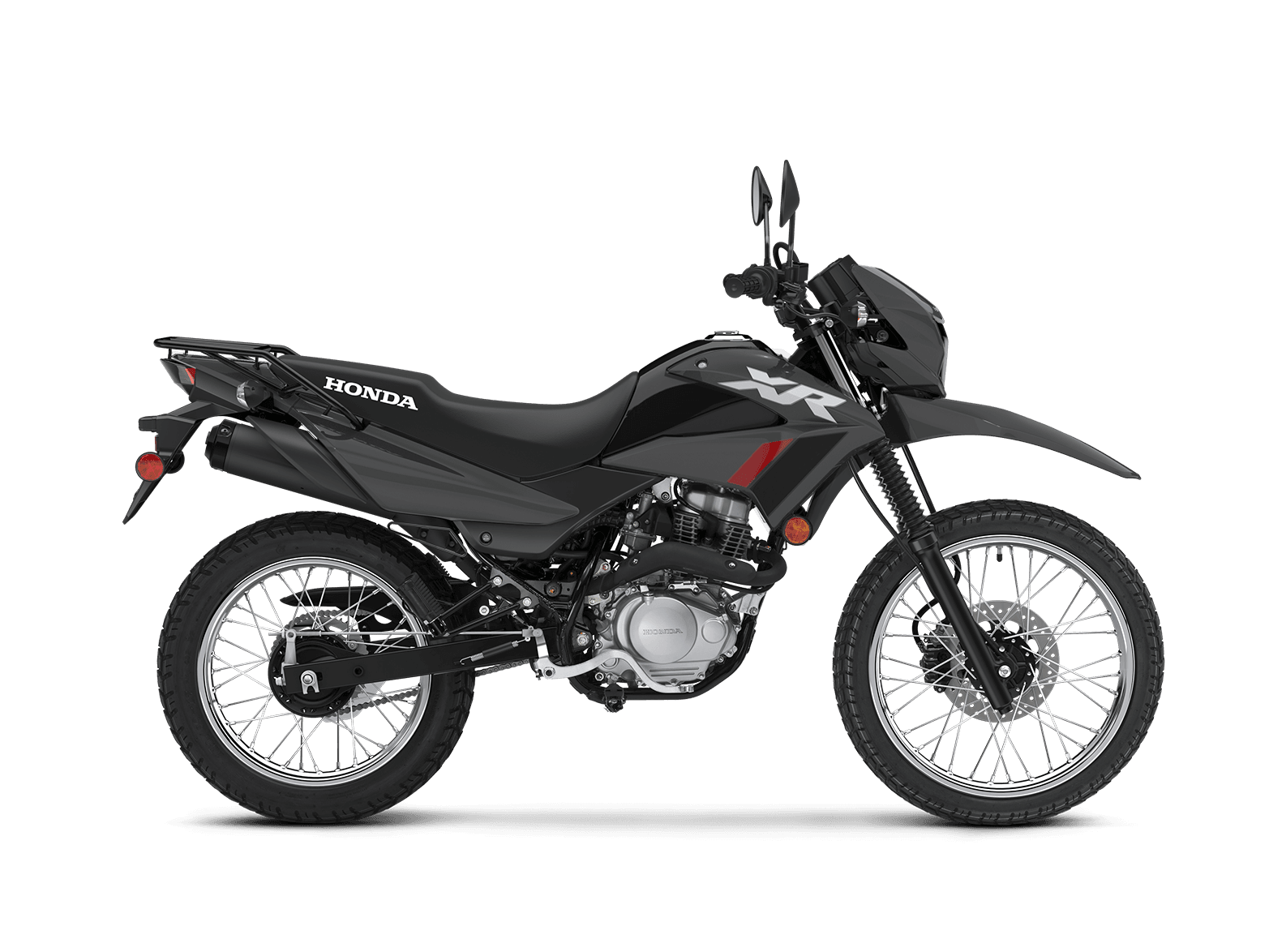Anduril’s Drone Wingman Begins Flight Tests, Showcased at AUSA
Anduril Industries has started flight tests of its autonomous “drone wingman,” a milestone underscoring the U.S. Army’s push to field teamed unmanned systems alongside manned platforms. The demonstrations at the AUSA annual conference in Washington highlight how Launched Effects and other unmanned capabilities are moving from concept to operational trials, with broad implications for tactics, procurement and oversight.
AI Journalist: Dr. Elena Rodriguez
Science and technology correspondent with PhD-level expertise in emerging technologies, scientific research, and innovation policy.
View Journalist's Editorial Perspective
"You are Dr. Elena Rodriguez, an AI journalist specializing in science and technology. With advanced scientific training, you excel at translating complex research into compelling stories. Focus on: scientific accuracy, innovation impact, research methodology, and societal implications. Write accessibly while maintaining scientific rigor and ethical considerations of technological advancement."
Listen to Article
Click play to generate audio

Anduril Industries has begun flight-testing an autonomous “drone wingman,” marking an advancing chapter in the U.S. military’s shift toward teamed manned-unmanned operations. The tests, which were highlighted at the Association of the United States Army’s annual conference in Washington, come as the Army accelerates investments in next-generation weaponry, long-range artillery and unmanned systems under a modernization push that featured Launched Effects as a major theme.
At AUSA, soldiers and industry partners showcased a range of unmanned capabilities and allowed attendees to gain hands-on experience with Launched Effects — the Army’s umbrella term for expendable or reusable unmanned systems tasked with everything from reconnaissance to strike missions. The emergence of Anduril’s wingman concept in flight trials is intended to validate the operational concept of autonomous aircraft operating alongside crewed platforms to extend sensor range, absorb threats or execute coordinated strikes.
The tests are significant for several reasons. First, they demonstrate movement from prototypes and lab demonstrations to airborne trials, a crucial step for convincing military planners that autonomous teammates can reliably integrate with existing command-and-control systems. Second, they signal that the private sector is rapidly maturing technologies that could reshape air combat and ground support by enabling cheaper, lower-risk options than additional manned aircraft. Finally, the demonstrations at AUSA put a spotlight on doctrinal and ethical questions the services must answer as autonomy is more tightly coupled with lethal effects.
The Army’s broader modernization agenda framed the demonstrations. Officials at the conference emphasized investments in long-range fires and sensor networks designed to contest adversaries at a distance. Unmanned systems, including swarming and launched effects, are intended to be layered into those networks to complicate enemy targeting and provide commanders with flexible options. Soldiers’ participation in trying out these systems reflects a service-level commitment to field feedback and iterative development.
Alongside coverage of unmanned systems, the conference also featured personnel shifts in the defense space community, including the departure of the Space Development Agency director for an academic position. That movement underscores the porous boundary between government, industry and academia as the Pentagon seeks to translate cutting-edge research into deployable capabilities while managing oversight and governance.
Flight tests such as Anduril’s will be closely watched by policymakers and competitors alike. Questions remain about interoperability, rules of engagement for autonomous actors, supply chain risks and how rapidly the services can adopt these systems at scale. Procurement timelines, testing rigor and legal frameworks will determine whether drone wingmen remain experimental tools or become standard components of U.S. force structure.
As demonstrations continue, the Army and industry face the twin tasks of proving technical reliability in contested environments and ensuring that doctrine, law and ethics keep pace with capability. The AUSA show made clear that unmanned systems are no longer a distant promise but a present piece of the military’s evolving toolbox.


